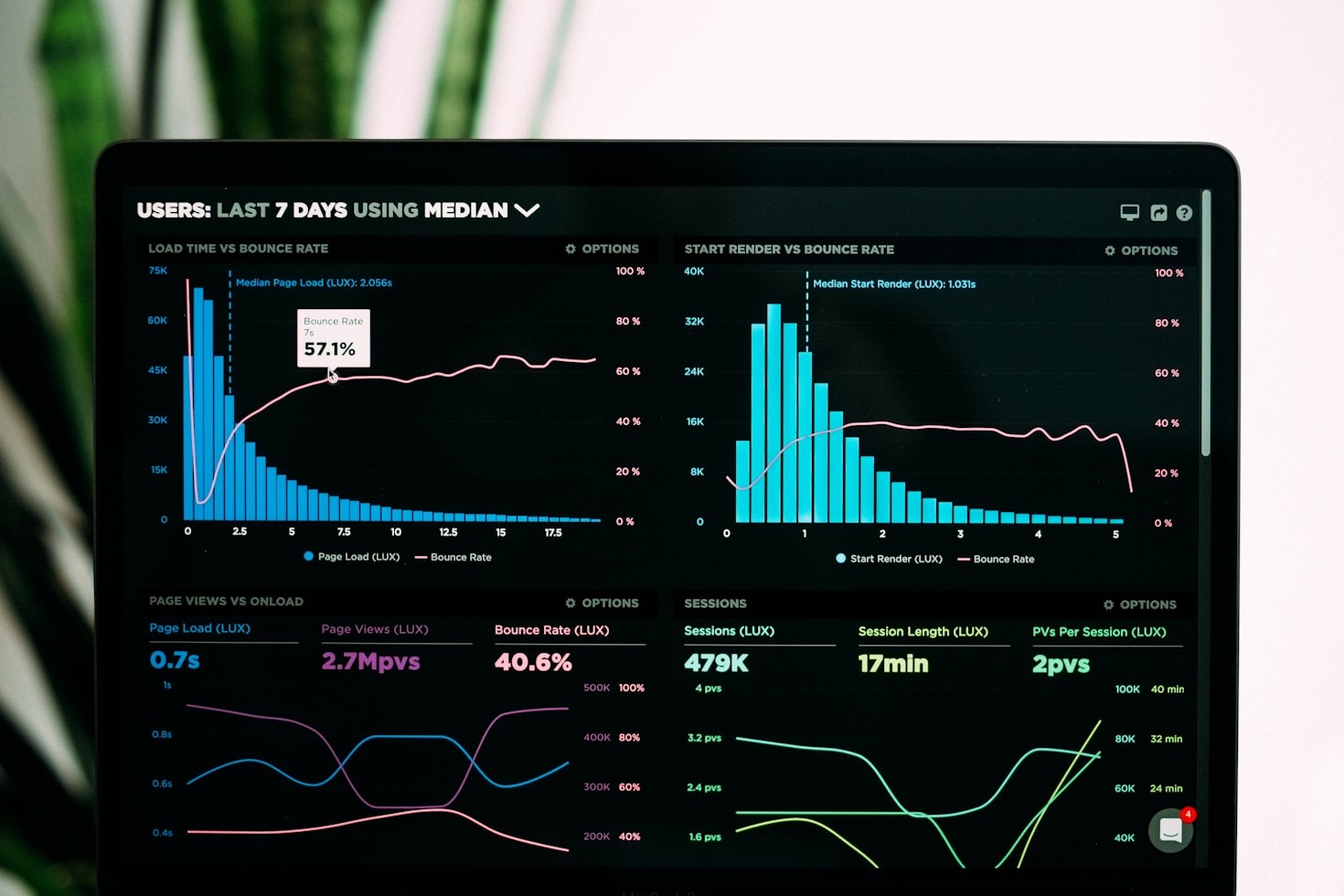The Forex market is the world’s most liquid and dynamic financial arena, offering unparalleled opportunities for capital growth. However, it is also a landscape fraught with risk, where nine out of ten newcomers fail, not due to a lack of effort, but due to a lack of structure. The transition from a beginner’s chaos to a professional’s discipline is defined by one core realization: success is not about finding a magic indicator, but about building an unshakeable foundation based on protocol, patience, and realistic expectations. This guide outlines the essential steps every new trader must master to lay the groundwork for long-term, consistent profitability.
The Foundation: Imposing Absolute Risk Control
The single most critical difference between amateur and expert trading is the prioritization of capital preservation over profit pursuit. As a beginner, your immediate focus must be on defining and controlling risk, ensuring you survive the inevitable learning curve.
Mastering the 1% Rule
The 1% risk rule is non-negotiable for serious trading. This rule mandates that you never risk more than 1% of your total account equity on any single trade.
- Example: If your trading account holds $5,000, your maximum loss on any single open trade is capped at $50 (1% of $5,000).
- The Benefit: This small allocation of risk protects you from being wiped out by a series of losses. Even a streak of ten consecutive losing trades (a common occurrence) would only reduce your equity by 10%, a highly manageable drawdown that preserves your mental capital and ability to recover.
Defining Risk-to-Reward (R:R)
Before you ever click “buy” or “sell,” you must calculate your R:R ratio. This is the projected profit potential relative to the capital you are risking. As a beginner, you must demand a minimum R:R of 1:2. This means for every 1 unit of currency you risk, you must target a minimum profit of 2 units. A higher R:R ratio allows your strategy to have a lower win rate while still being profitable overall, making the psychological pressures of trading significantly easier to manage.
Building Your Blueprint: The Mandatory Trading Plan
Trading without a written plan is akin to piloting a jet without a flight path—you are guaranteed to get lost when turbulence hits. A comprehensive trading plan is your personal rulebook; it removes discretion and emotion from the critical moments of execution.
Key Components of a Beginner’s Plan
Your plan doesn’t need to be complex, but it must be crystal clear and cover these foundational elements:
- Market Selection: Which 1–2 currency pairs will you focus on? (Start with liquid pairs like EUR/USD or GBP/USD.)
- Timeframe: Which timeframe defines your trade entry and management? (Start with 4-hour or daily charts to minimize screen time stress.)
- Entry/Exit Rules: The exact conditions (indicator signals, price action patterns) that must be met before you enter a trade. The precise price level where you place your Stop-Loss (S/L) and your Take-Profit (T/P).
- Session Limits: Define the maximum number of trades you will take per day, and, critically, the maximum allowable loss (in percentage terms) that forces you to walk away from the screen for the remainder of the session.
Your success as a beginner is not measured by the money you make, but by your 100% adherence to this plan.
Trading Mechanics: Starting Simple and Staying Focused
The tendency for new traders is to overload their charts with complex indicators and chase every market rumor. Experts know that simplicity wins. Focus your initial efforts on mastering the core principles of price action.
Focus on Structure and Trend
Ignore the noise and learn to identify two things: Market Structure (identifying support and resistance zones where price has previously reversed) and Trend Direction (identifying if the market is making higher highs/higher lows for an uptrend, or lower lows/lower highs for a downtrend).
- The Rule of Confluence: Only seek trades where the trend direction and the market structure agree. For instance, only look for buying opportunities (long trades) when the overall trend is up, and price pulls back to a recognized support level. This provides confluence—multiple reasons for taking the trade—and dramatically increases the probability of success.
Trading the Open and Close
Liquidity is key. New traders often trade during quiet, low-liquidity periods when prices are choppy and unpredictable. Focus your attention on the opening and closing hours of the major market sessions (particularly the London and New York sessions) when institutional volume is highest and price movements are most decisive and reliable.
The Mental Game: Managing Expectations and Stress
Finally, the emotional element of trading is where most beginners falter. Unrealistic expectations fuel impulsive decisions, leading to the self-destructive cycles of revenge trading and over-leveraging.
- Process Over Outcome: Shift your goal from “I must make $500 today” to “I must follow my plan perfectly today.” If you follow the plan and lose, you still had a successful execution day. If you violate the plan and win, you reinforced a bad habit. Objectivity is paramount.
- The Trading Journal: Your journal is your most powerful tool. Record every trade, including the setup, the outcome, and, most importantly, your emotional state before, during, and after the trade. This data will reveal your personal, internal triggers that sabotage your discipline, allowing you to systematically eliminate them.
Success in forex begins with a commitment to process and discipline, not the pursuit of quick returns. By prioritizing risk control, adhering to a mandatory trading plan, and conquering the mental challenge, you set yourself up for longevity and growth. If you’re looking to accelerate your journey from theory to consistent profit, remember that GoldPipsFX provides daily signals for high-probability setups, market insights for critical context, and 1:1 personal coaching to master your psychology and strategy.






Leave a Reply